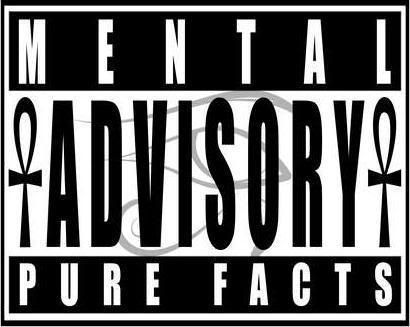 Bee Balm is a plant that was used often, both medicinally and as a beverage by American Indians and by the European settlers in America. Oswego Tea, made from the leaves of the plant, was a staple in households during colonial times after the settlers lost access to English teas after the Boston Tea Party. Today, Bee Balm is still used widely for a variety of medicinal purposes, and limited testing has shown that it does have some benefits as a remedy for quite a few common medical complaints. Bee Balm is a plant that was used often, both medicinally and as a beverage by American Indians and by the European settlers in America. Oswego Tea, made from the leaves of the plant, was a staple in households during colonial times after the settlers lost access to English teas after the Boston Tea Party. Today, Bee Balm is still used widely for a variety of medicinal purposes, and limited testing has shown that it does have some benefits as a remedy for quite a few common medical complaints. As a member of the Mint family, it is no surprise that Bee Balm taken in a tea (Oswego Tea) is a tasty, well-known remedy for digestive problems, a trait seen in almost all Mint family members. It appears to have beneficial properties that include improving general digestion, easing flatulence, improving appetite, relieving colic, reducing bloating, alleviating menstrual cramping, and reducing nausea and vomiting. See How to Make Herbal Teas for specific instructions. Oswego Tea can also be made as a soothing drink to calm nerves and as a relaxing sleep aid, and is often combined with other well-known relaxation herbs such as Valerian and Chamomile for this purpose. Externally, bee balm is a wonderful aromatherapy herb. Try placing a handful of fresh leaves in a cloth and positioning it under hot running bath water for a relaxing, lemony scented bath. Deeply breathing in the steam may also help relieve cold symptoms such as sore throat, fever, and congestion. Bee Balm has also shown some merit as an antiseptic and antibacterial, and a clean cloth can be soaked in a tea and used as a compress, or an ointment can be made to help relieve pain and speed healing for minor wounds, insect stings, and for relief of eczema, psoriasis, cold sores, and clearing up acne. CONTRAINDICATIONS: There is some literature that suggests that Bee Balm should not be ingested if there is a history of thyroid problems, and of course, anyone who is pregnant should also steer clear. Although Bee Balm leaves can be rubbed directly on the skin as a mosquito repellant, on some people it may cause phototoxicity (sensitivity to the sun), so using undiluted is not recommended without first testing on a small area of skin. Source - http://www.gardensablaze.com/ WildAlchemist's Note: This is a really amazing herb, while not that well known, it is one of my favorite plants and has a lot of medicinal applications as well. There are many different species of bee balm, so keep this in mind while using the plant. It has an exterior radiance that extends to the heavens, making it an excellent herb to stimulate the crown chakra. Eastern bee balm is a more sweet & fragrant herb while the Western bee balm contains more of a volatile oil. Western bee balm is great for the lungs & respiratory system, making it a great herb for asthma, congestion, bronchitis, etc. It has oils that mimic thymol in my experience. It makes an exceptional honey, tincture, or tea. This plant is also used as a garden herb as well. |
Wednesday, August 10, 2011
Medicinal Uses of Bee Balm
Subscribe to:
Post Comments (Atom)

No comments:
Post a Comment